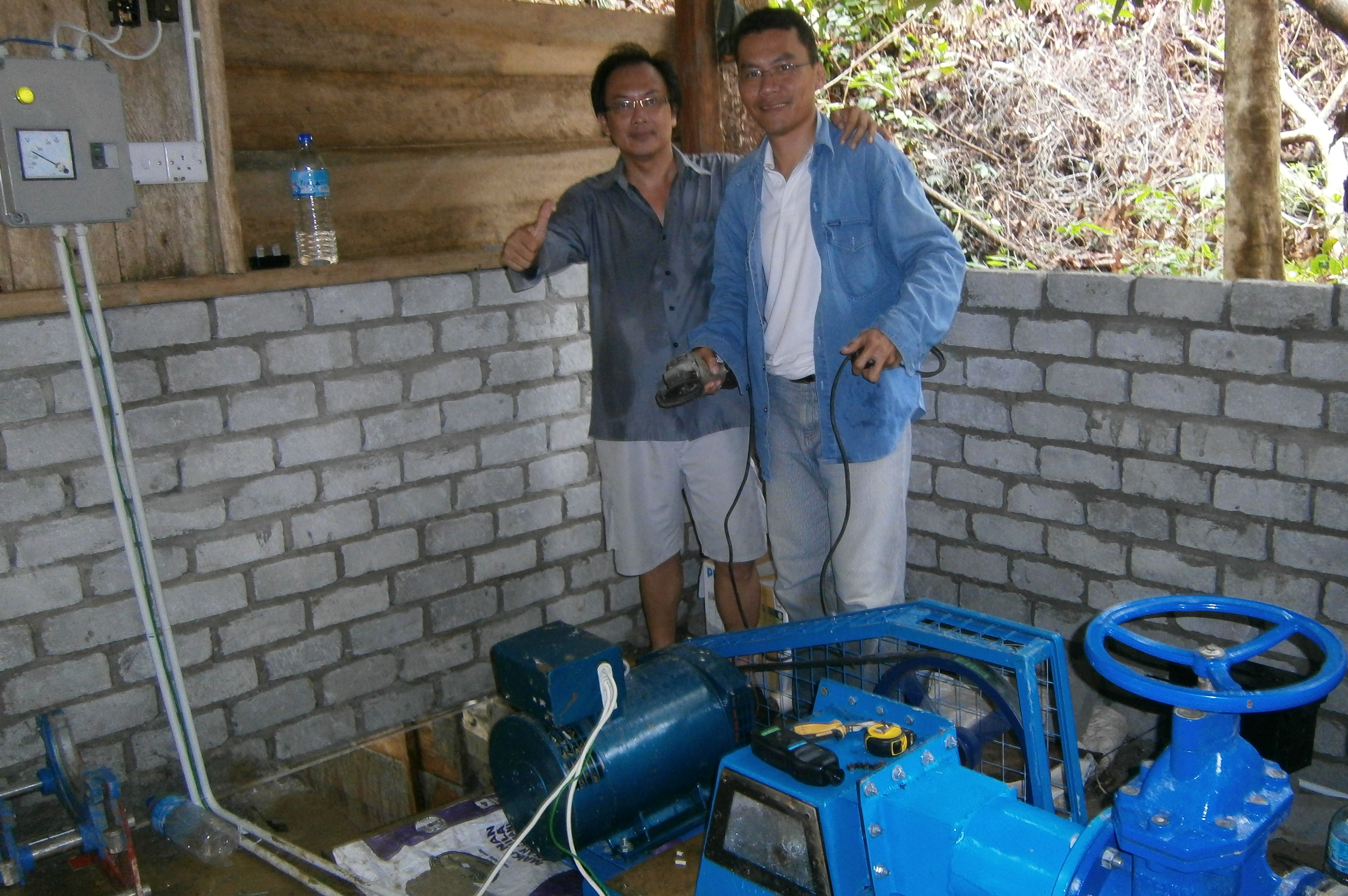KUCHING – Residents of Tapang Pungga Longhouse in Ulu Batang Ai, Sri Aman, can now look to a brighter future thanks to a micro hydro project which now provides them with 24-hour power supply.
For many years the longhouse folk relied heavily on a diesel-powered generator for electricity but it lasted only for a few hours daily. While it provided the much needed energy, the generator was costly to run and contributed to air and noise pollution.
But with the micro hydro now operational at a nearby stream, each family has access to about 700 watts, enough to power five 18-watt light bulbs, two 50-watt fans, a 120-watt television set, a 150-watt chest freezer and a 100-watt laptop.
The project was implemented by Swinburne University of Technology Sarawak Campus physics lecturer Dr Richard Belanda.
“This goes to show that good sustainability ideas, with only a small financial commitment, could improve the lives of people in the rural areas. There are many opportunities and possibilities out there to replicate the success we see here at Tapang Pungga Longhouse,” said Richard, who initiated and coordinated the project.
A major portion of the funding came from the Small Grants Programme of the Global Environment Facility under the United Nations Development Programme.
The Sarawak Dayak Graduates Association, a local NGO, was the recipient of the fund.
It was also funded by William Nyalau, the Member of the Parliament for Lubok Antu constituency.
All the materials used, including the turbine, were produced locally with the help of a micro hydro construction team headed by Martin David, an engineer from the Public Works Department, to minimise cost.
The project also helped to educate the longhouse residents on sustainable energy sources and the preservation of the environment.
“The longhouse folk themselves helped with the construction of the system which included a four-meter high dam, and they also learned how the energy system works and its benefits such as reducing damage to the environment,” Richard said.
Micro hydro is a “run-of-river” system where water passing through the generator is directed back into the stream with relatively little impact to the surrounding ecology. Some water is allowed to flow from the dam to prevent downstream areas from drying up. The depth of the reservoir is kept at a minimum to reduce ecological damage and maintain sufficient oxygen around the reservoir and upstream areas.
“It is hard work but the output is sweet. Site selection is most important part as picking the right site will produce sustainable power at minimum cost and work,” Richard said.
As micro hydro is eco-friendly, the lecturer said it is also suitable for fish farming because it creates better ecology for aquatics.


